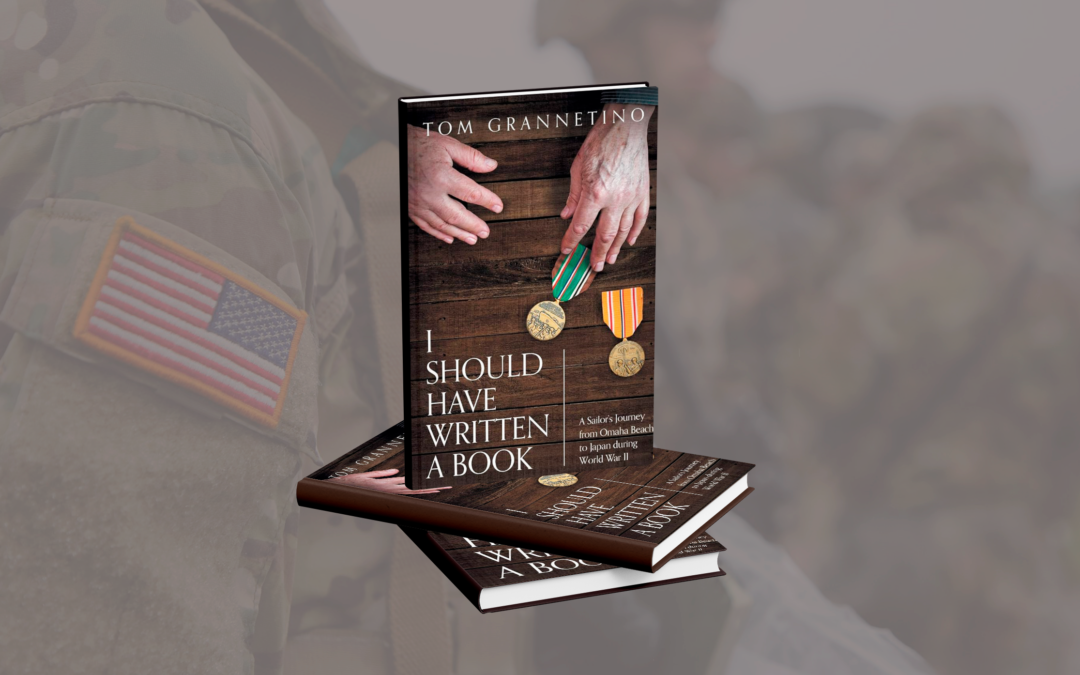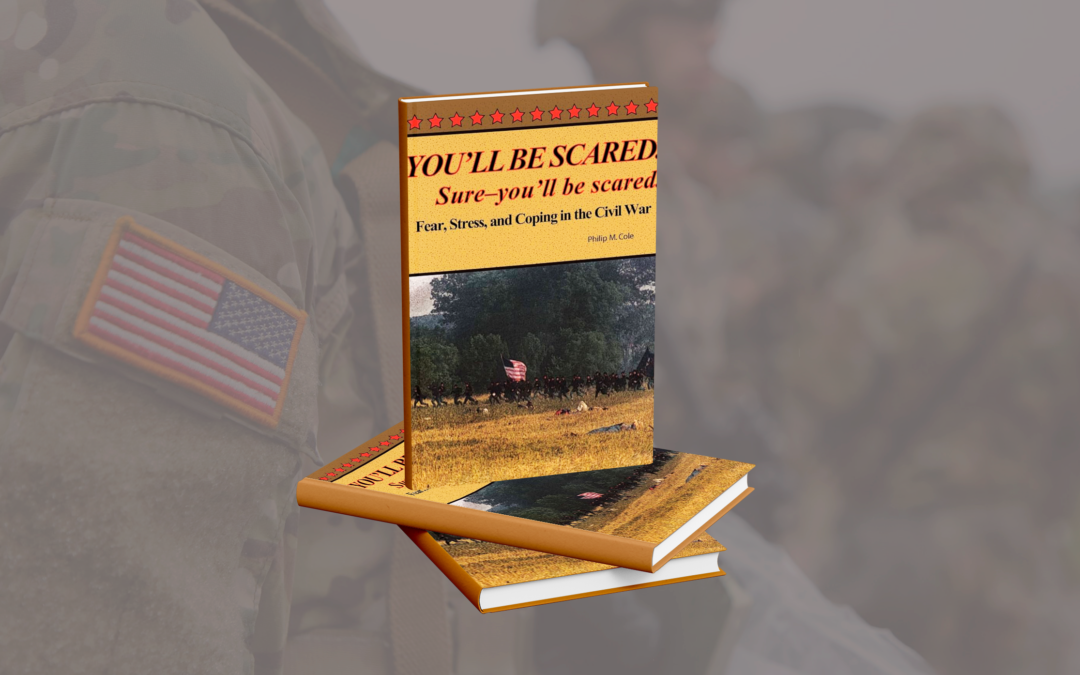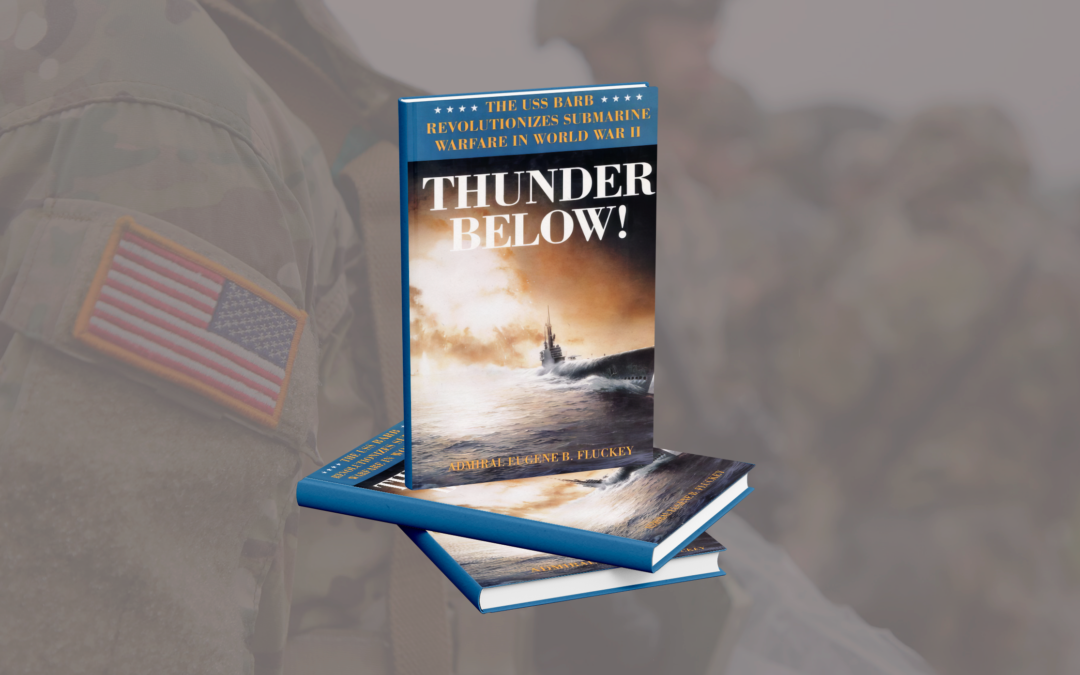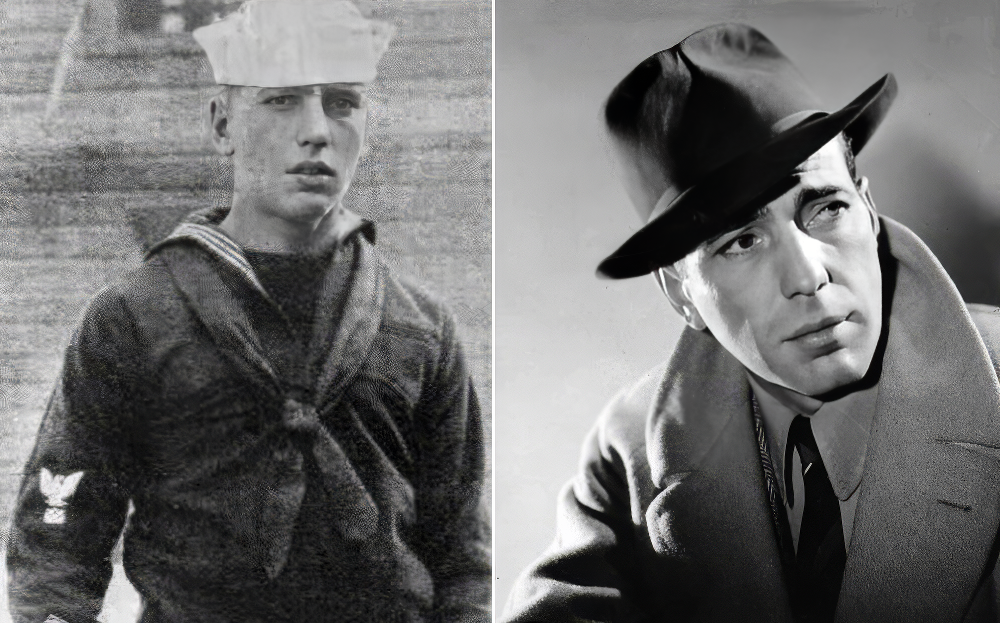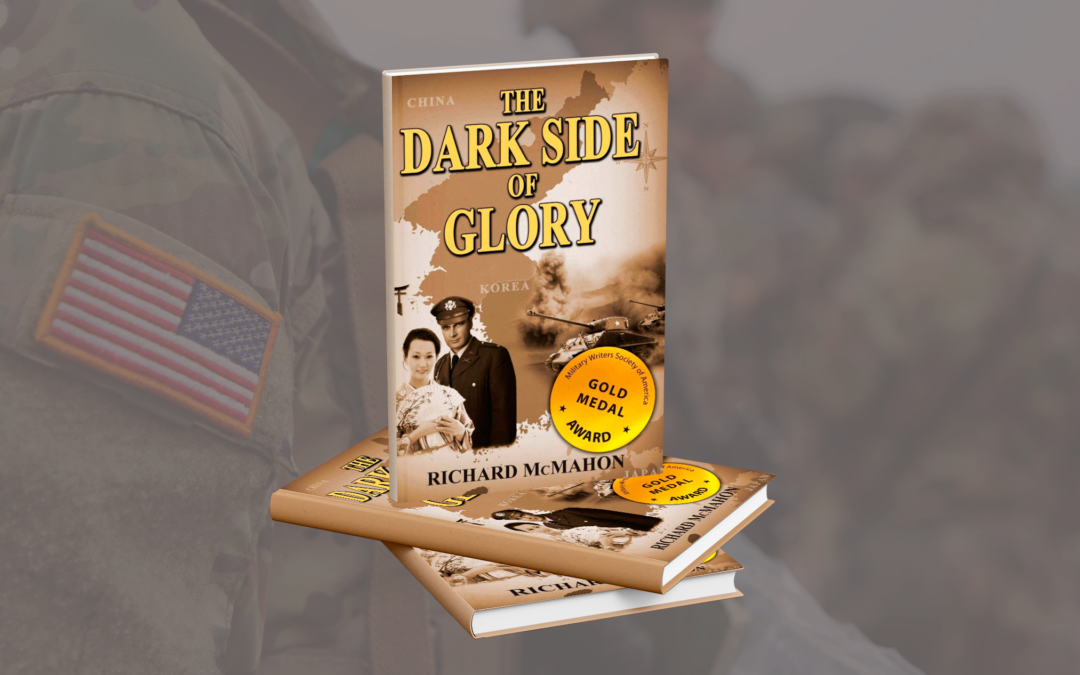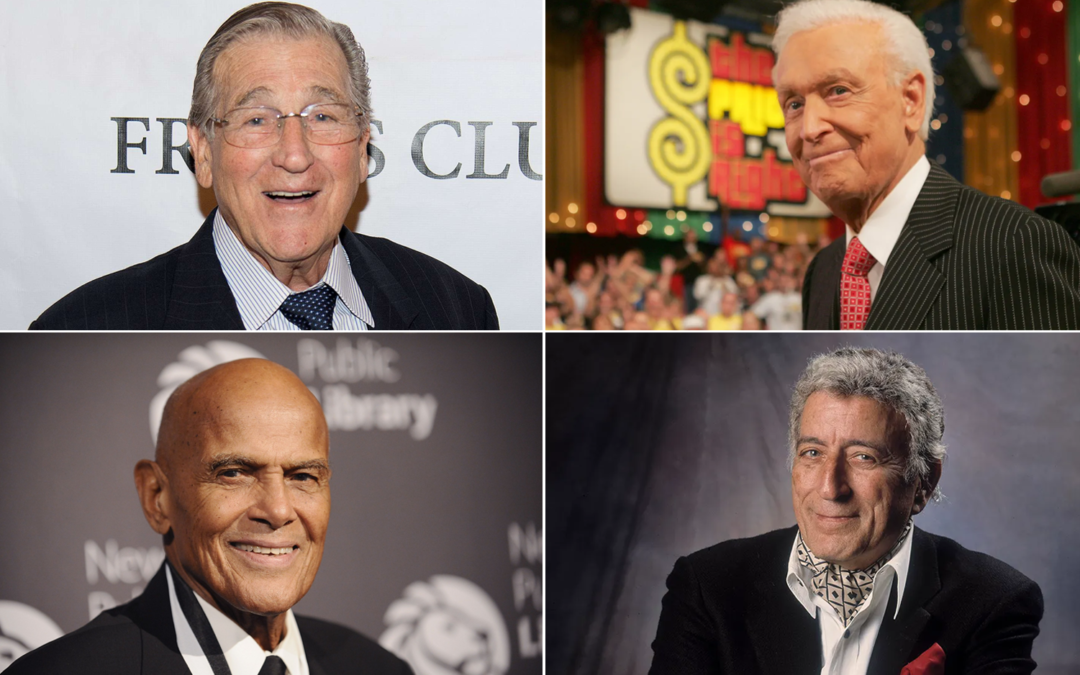End-of-life planning is uncomfortable, which is why so many people avoid it. I know this from personal experience. What Happens When My Veteran Dies My father was a wonderful man – a career Army Officer and patriot, a loving husband, and a strong and tough mentor to four children. He was also a lifelong cigarette smoker. So we were not surprised when they discovered he had lung cancer. During his final two years, he put off all efforts to address issues that required he acknowledged he wouldn't live forever. After he died, I spent hours helping my mother with paperwork and taxes, tasks that could have been easily handled when he was alive. Even years later, she still receives inquiries related to his affairs. As we worked through these, I often joked that this was his plan, so she would never forget him. With this experience, I always admire Veteran spouses when they ask me, "What happens when my Veteran dies?" There are many aspects to a complete answer, but two points...

